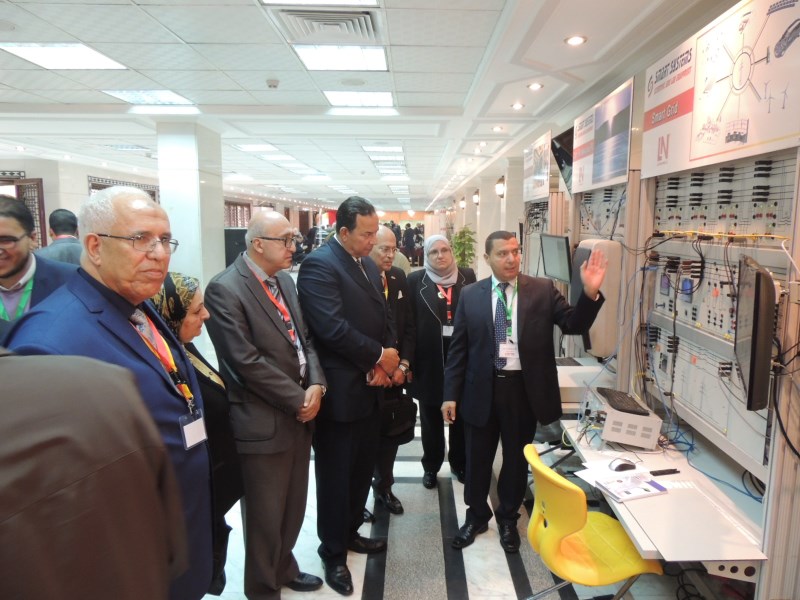EUC Energy Management
EUC Energy Management
Experiments on reducing peak loads through measurements with active-current and maximum-demand meters demonstrate how the load on an electricity supply network can be reduced and evenly distributed over a 24-hour period. An analysis of the power supply grid and connected consumers (loads) is necessary for effective use of the measurement techniques involved. Accordingly, each experiment permits a detailed investigation of static, dynamic, symmetric and asymmetric loads.
In this case, a three-phase asynchronous motor coupled with the servo machine test stand is used as a dynamic load. The active and reactive power (cos-phi for the motor) depend on the motor load and are therefore not constant. The servo machine test stand can be used to drive the asynchronous motor, thereby feeding active power into the three-phase network.
Reactive power compensation in alternating voltage networks is designed to reduce undesirable reactive current and resulting reactive power at the consumers. In this process, capacitive loads are connected to all inductive loads via a central feed point. The opposing, capacitive reactive power arising here is ideally of the same magnitude as the installed, inductive reactive power. This reduces undesirable reactive currents and none of the systems needed to supply the reactive current has to be of excessive size.

